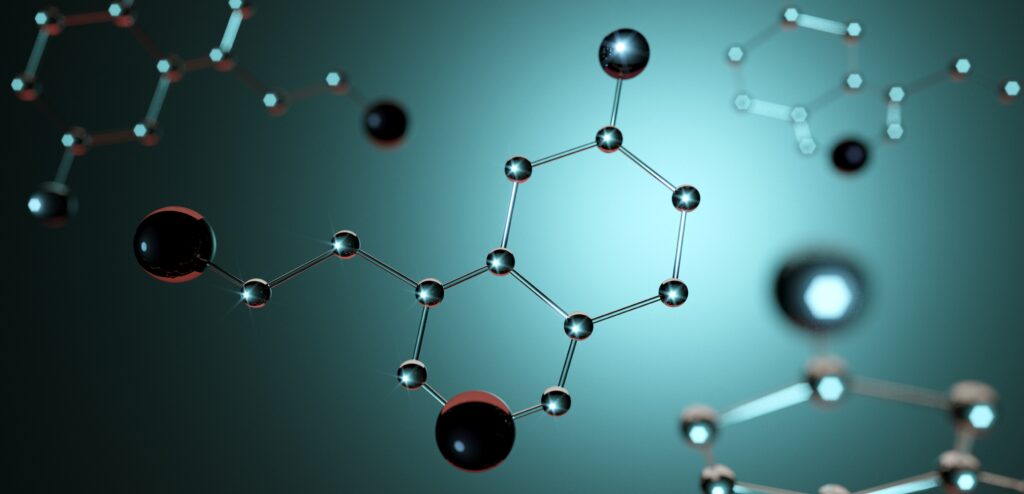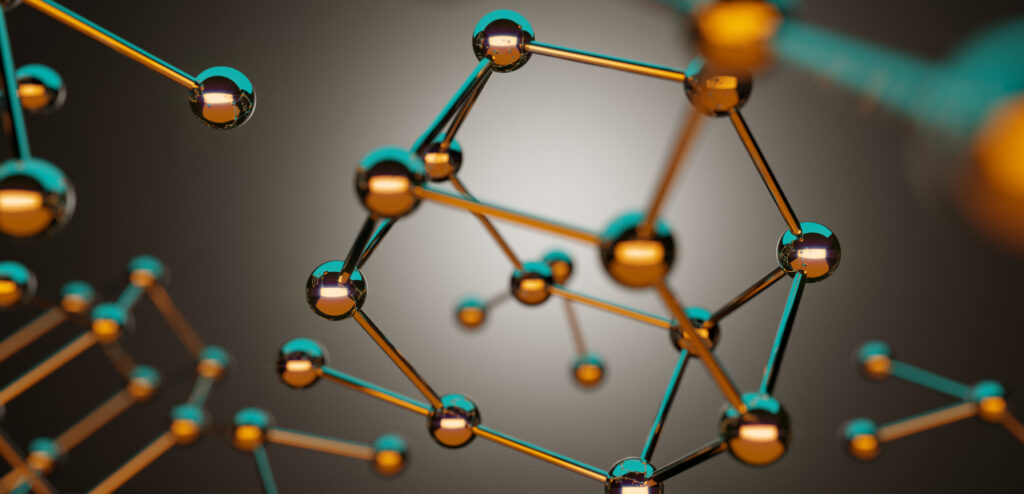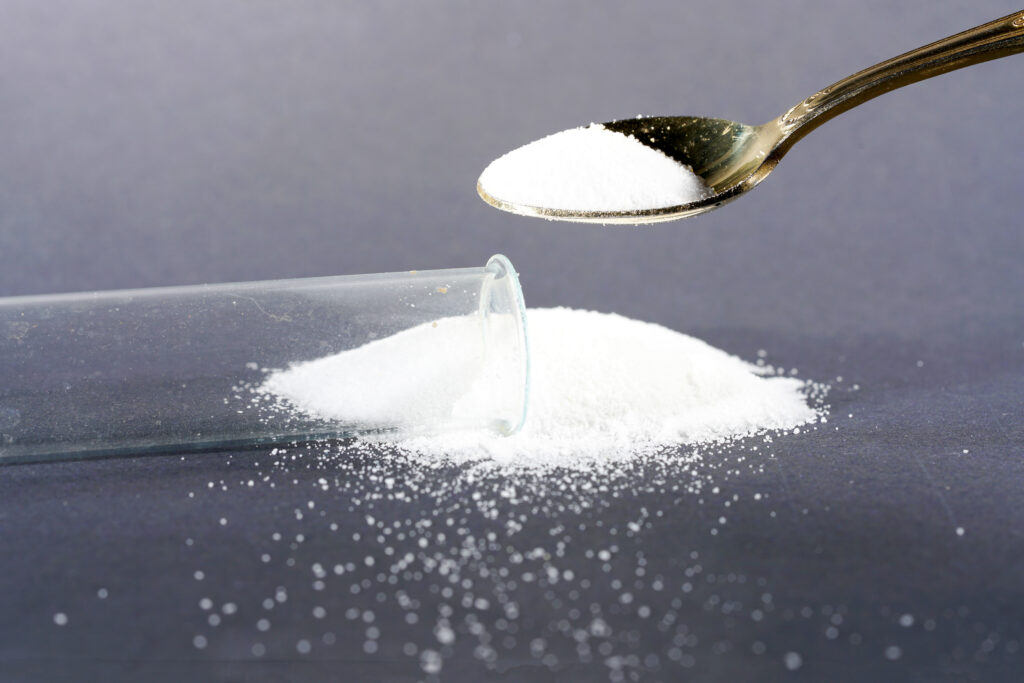Penicillin: The Miracle Drug That Changed Medicine Forever Introduction: The Discovery: Alexander Fleming’s discovery of penicillin is the stuff of scientific legend. While working at St. Mary’s Hospital in London, Fleming was researching Staphylococcus bacteria, notoriously known for causing infections. Upon returning from a two-week vacation in September 1928, Fleming noticed something peculiar in one of his petri dishes containing Staphylococcus cultures. A mold, later identified as Penicillium notatum, had contaminated the dish, and around the mold, the bacteria were mysteriously dying off. Fleming’s keen observation led to the realization that the mold was secreting a substance with powerful antibacterial properties. He named this substance “penicillin” and began experimenting with it, confirming its ability to kill a wide range of bacteria. This accidental discovery marked the birth of the antibiotic era. Development and Impact: Despite Fleming’s groundbreaking discovery, it would take over a decade for penicillin to be developed into a usable drug. It wasn’t until the early 1940s, during World War II, that scientists Howard Florey and Ernst Boris Chain, along with their team at the University of Oxford, successfully purified penicillin and demonstrated its efficacy in treating bacterial infections. The timing of penicillin’s development could not have been more critical. With the onset of World War II, the demand for effective treatments for wounded soldiers soared. Penicillin proved to be a game-changer on the battlefield, drastically reducing mortality rates from infections and saving countless lives. The widespread availability of penicillin post-war ushered in a new era of medicine. Previously deadly bacterial infections like pneumonia, syphilis, and streptococcal infections could now be effectively treated with antibiotics. Penicillin’s impact on public health was nothing short of revolutionary, earning it the title of “the miracle drug.” Challenges and Resistance: While penicillin’s discovery brought about unprecedented medical advancements, it also posed challenges. Over time, bacteria have developed resistance to antibiotics, including penicillin, through genetic mutations. The misuse and overuse of antibiotics in medicine and agriculture have exacerbated this problem, leading to the emergence of drug-resistant strains of bacteria, often referred to as “superbugs.” To combat antibiotic resistance, ongoing research and development of new antibiotics are essential. Scientists are exploring alternative sources of antimicrobial compounds, such as natural products and synthetic molecules, to stay ahead of evolving bacterial threats. Legacy and Future Prospects: Nearly a century after its discovery, penicillin remains a cornerstone of modern medicine. Its legacy extends far beyond the confines of the laboratory, shaping medical practices, public health policies, and the very course of human history. However, as we confront the challenges of antibiotic resistance and the ever-evolving landscape of infectious diseases, the story of penicillin serves as a reminder of the enduring power of scientific discovery and the importance of responsible stewardship of these life-saving drugs. Conclusion: Penicillin stands as a testament to the serendipitous nature of scientific discovery and the profound impact it can have on human health and well-being. From its humble beginnings in Alexander Fleming’s laboratory to its widespread use as one of the most important antibiotics in history, penicillin has transformed the practice of medicine and saved countless lives. As we navigate the complexities of antibiotic resistance and strive for continued innovation in healthcare, the story of penicillin serves as both inspiration and cautionary tale, reminding us of the critical importance of scientific inquiry and responsible antibiotic use in safeguarding public health for generations to come.

